Physical environments
- Guide Number6 Guides

Glaciated upland landscapes
Corries, pyramidal peaks and U-shaped valleys form due to glaciation. Glaciated uplands are used for different land uses which can lead to conflict. Strategies must be adopted to deal with these.
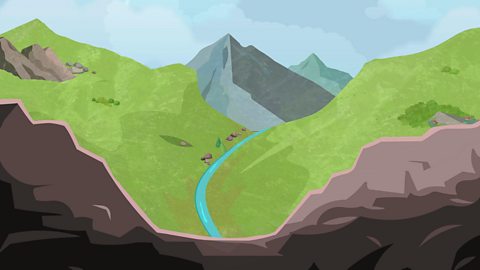
Coastlines of erosion and deposition
Coastal landscapes form cliffs, caves and arches. Land uses at the coast like industry and recreation and tourism can be in conflict with each other and solutions must be adopted to deal with these.
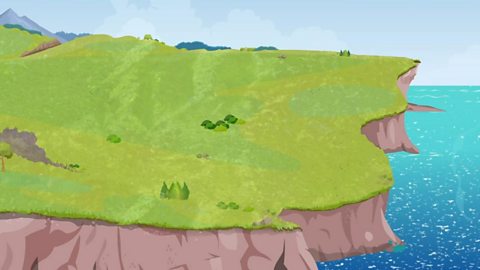
Upland limestone landscapes
Upland limestone produces distinctive features which can be used for industry, farming, recreation and tourism. Land use conflicts can often arise and solutions must deal with these conflicts.
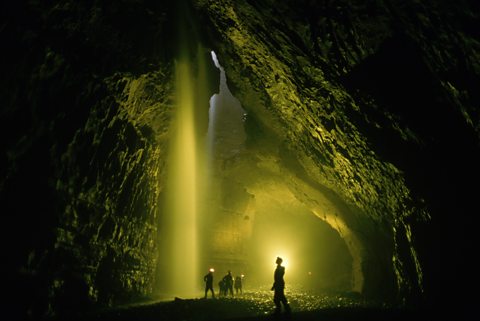
Rivers and valleys
River features and land uses vary along the course of a river. Conflicts can arise between the different land uses and solutions must be adopted to minimise these disputes.
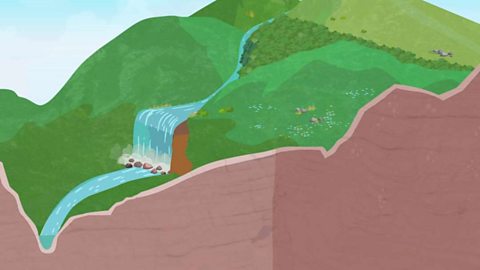
Human environments
Population, distribution, growth and change
Social and economic indicators of development influence population growth including birth rates and death rates whilst physical and human factors affect population distribution in a country.

Urban environments
Developed world cities have land use zones with recognisable characteristics which have experienced change and redevelopment. Developing world cities have to deal with issues in their shanty towns.
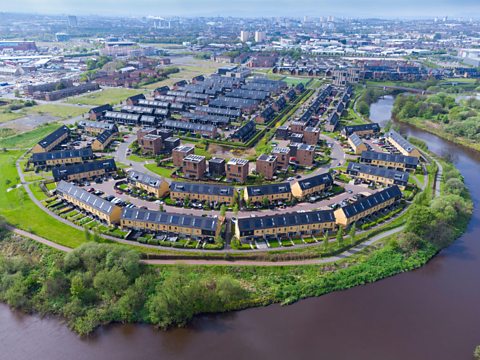
Rural environments
Rural landscapes in developed and developing countries have changed as a result of modern developments including diversification, the impact of new technology, organic farming and biofuels.
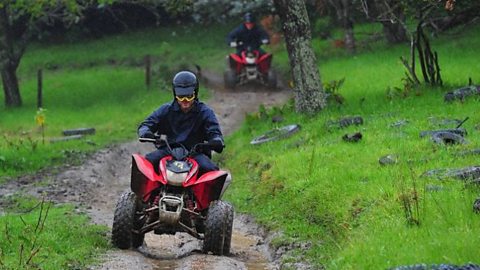
- 9 videos
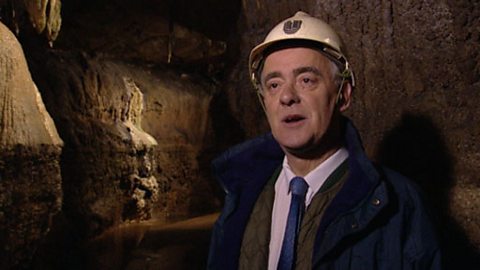
Global issues
Climate change
Understanding the causes and potential consequences of global climate change on people and the environment are crucial in implementing strategies to reduce the threat of climate change in the future.
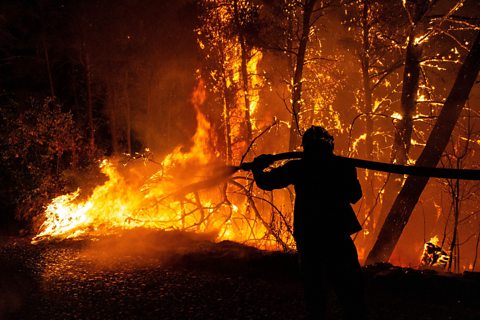
Natural regions
As global population grows it puts pressure on the environment leading to water shortages and pollution, deforestation and famine. Responsible management strategies can reduce human resource abuse.
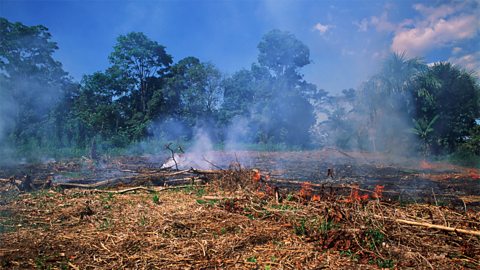
Environmental hazards
Understanding why natural hazards occur can help countries to manage or prevent their consequences. Case studies illustrate the impact of natural hazards in the short and long term.
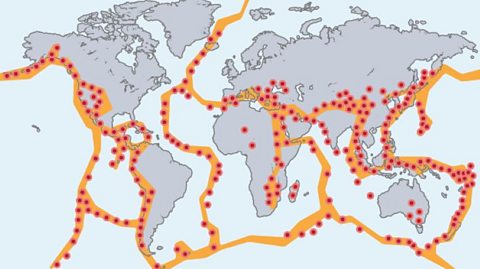
Trade and globalisation
Global citizens rely on a network of communications between countries. Declining and emerging economies can have a positive and negative impact. Fair trade can protect employees and the environment.

Global tourism
Tourism develops due to natural and man-made factors. It is a global issue with positive and negative effects. Responsible management can minimise the impact of tourism in the 21st century.
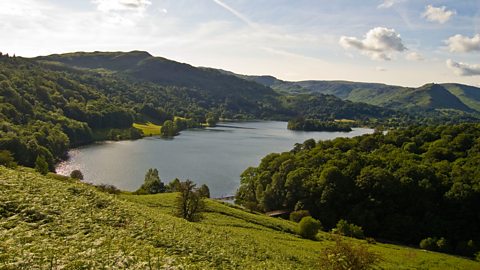
Health
Case studies illustrate the causes of health issues. They explain their growth, effects on the population and the strategies involved in managing development and health in the 21st century.

- 28 videos
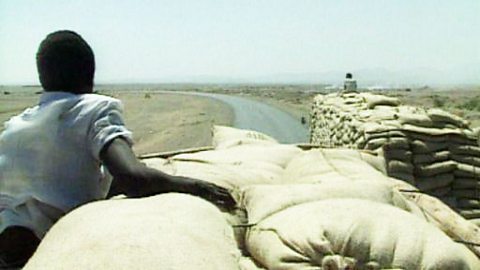
Links
- External linkExternal link
- External linkExternal link
- External linkExternal link